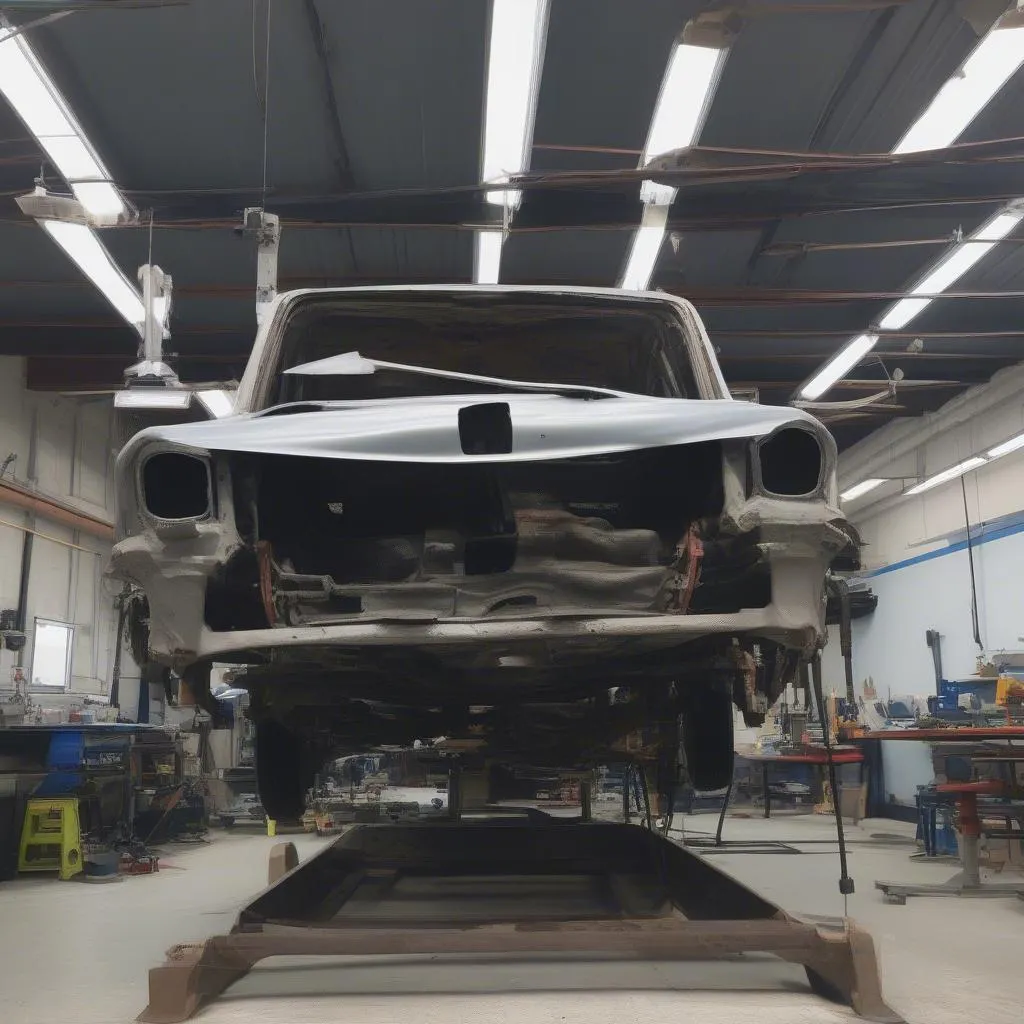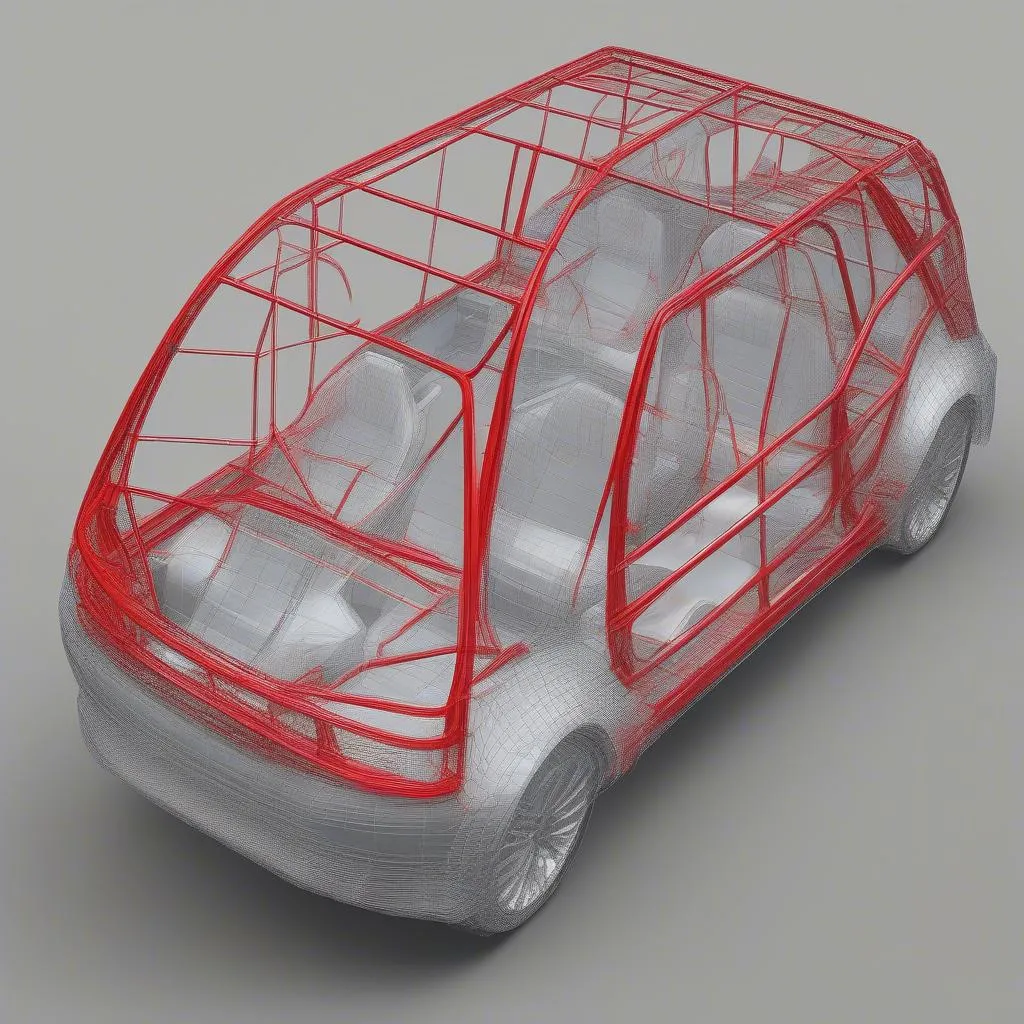Imagine cruising down the Pacific Coast Highway in your sleek new Audi A4. The California sun warms your face, the wind whips through your hair, and you feel invincible. But have you ever stopped to think about what’s keeping you safe inside that stylish metal shell? That’s where understanding Car Body Structure comes in.
What Does “Car Body Structure” Really Mean?
This term might seem like jargon straight out of a mechanic’s handbook, but it’s actually pretty simple. “Car body structure” refers to the skeleton of your vehicle, the framework that holds everything together. Think of it as the backbone, ribs, and skull of your car.
From an Engineer’s Perspective: Strength and Safety
For automotive engineers, car body structure is all about safety and structural integrity. It’s about designing crumple zones that absorb impact in a collision, ensuring the passenger cabin remains intact. “The way a car crumples is just as important as how strong it is,” explains Dr. Emily Carter, a leading automotive safety researcher, in her book “Crashworthiness and Design.”
In the World of Auto Repair: More Than Meets the Eye
For mechanics, especially those dealing with collision repair like at our recommended body shop in Chicago, car body structure is their bread and butter. They use specialized equipment like frame straighteners and welding techniques to restore a vehicle’s structural integrity after an accident. A misaligned frame can not only affect handling but also compromise safety.
 Car Frame Repair
Car Frame Repair
Delving Deeper: Components of Car Body Structure
Now that we know what car body structure is, let’s break down its key components:
1. The Unibody: One Solid Piece
Most modern cars utilize a unibody design where the frame and body are a single, welded unit. This offers strength, rigidity, and better fuel efficiency.
2. Body-on-Frame: The Classic Approach
Primarily found in trucks and some SUVs, this design features a separate body bolted onto a sturdy frame. It provides excellent strength and load-carrying capacity.
3. Crumple Zones: Designed to Collapse
These strategically placed areas are engineered to deform during a collision, absorbing impact energy and directing it away from the passenger cabin.
4. Safety Cage: Your Protective Shell
This reinforced structure surrounds the passenger compartment, providing a survival space in case of a severe crash.
 Car Safety Cage
Car Safety Cage
Common Questions About Car Body Structure:
Here are some FAQs we often get from our customers:
- Can a damaged car frame be repaired? Yes, but it requires specialized equipment and expertise. Always choose a reputable auto body shop.
- How do I know if my car’s frame is bent? Signs include uneven tire wear, pulling to one side, doors not closing properly, and visible frame damage.
- Does car body structure affect vehicle handling? Absolutely! A compromised structure can lead to poor handling, instability, and even increase the risk of accidents.
Beyond the Basics: Further Exploration
Want to learn more about car body repair or find the best deals on a new car? Check out these related articles:
Need Help with Your Car’s Body Structure?
At Tech Car USA, we’re here to help! Whether you’re dealing with collision damage or simply have questions about your car’s structure, our team of experts is just a WhatsApp message away. Contact us at +84767531508 for 24/7 support.
Remember, understanding your car’s body structure is not just about mechanics; it’s about peace of mind, knowing that you and your loved ones are safe on the road.